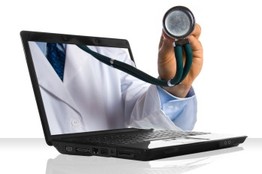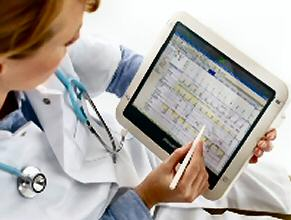Electronic medical records are the recent improved technology based system of gathering and keeping clinical data for future use. This technology go beyond handling data in the medical professional go beyond handling of data in the health service providers’ facility to provide a comprehensive health history of the patient. The electronic medical record system can be designed to keep and relay information between the service providers offering health care to the same patient Authorized staffs and health service providers can create, access and manage information from several health care service organizations. It is a digital paper chart version containing the history of the patient one health provider to another. In most cases, the health service providers refer to the electronic medical record for specialized diagnosis and treatment of the patient.
Many benefits are enjoyed from the use of electronic medical record. First, the system keeps track of information involving a particular patient over long period. Secondly, identification of patients who visit the heath facility for screening and preventive measures by the heath service providers is enhanced. The data from the health professionals who previously treated the patient is readily available in the system thus allow health service provider to monitor progress of the patient. Over time; health parameters such as the blood pressure readings as well as information on vaccination can be recorded and stored on the electronic medical record system. You can view website for these information.
Any information contained in the electronic record system cannot be accessed by persons outside the health practice. This is the most important aspect in ensuring that the information is safe yet available for uses by the qualified health service providers. Printing of the information contained in the electronic medical record is also possible. It is also possible to mail this information to other medical professionals for specialized treatment of the patient. Generally, using the electronic medical system from this homepage improves the quality of services offered to the patients.
Although the initial installation cost of the electronic medical record is high, the benefits are quite many. Over a short period of time, these benefits have significantly led to increased adoption of the technology by the reputable clinics and medical facilities. Nevertheless, the health professionals require training for effective use of electronic medical record thus avoiding errors that may result to adverse effect on the health of the patient instead.
Installation and maintenance of the electronic medical records to clinics and other health facilities is provided by the leading companies offering this services. They also offer training on the use of these systems to the medical staffs to ensure efficient use of these systems. Perhaps you should consider implementing a full electronic medical record system in you clinic to improve the health services. Contact the leading companies dealing with this systems for more information and assistance. Find out more information at http://edition.cnn.com/2014/08/21/health/medical-records-privacy/.





